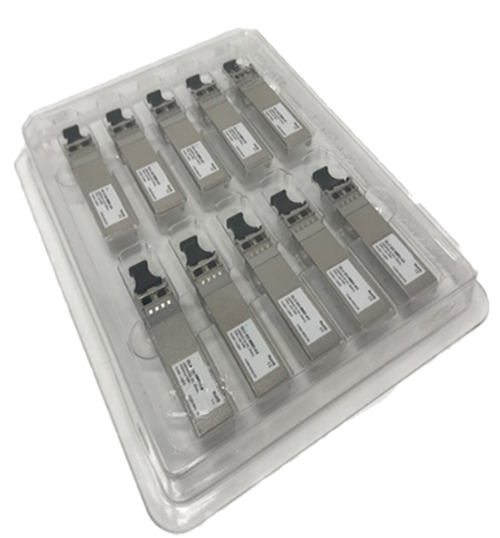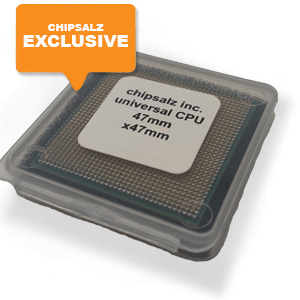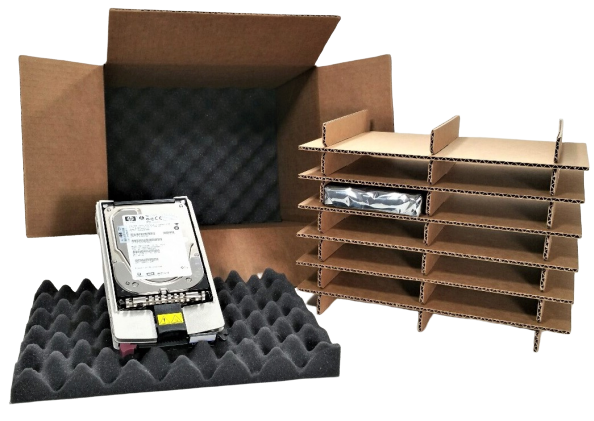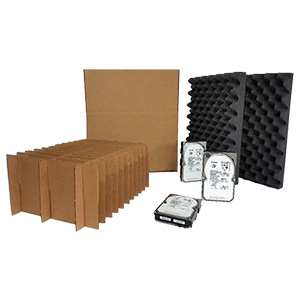In the world of electronic products, safeguarding against electrostatic discharge (ESD) is paramount to prevent damage during transportation and storage. At Chipsalz, we understand the significance of ESD packaging. In this article, we’ll delve into what ESD packaging is, why it’s crucial, and explore different ESD packaging types. Safeguard your electronic products with our ESD packaging solutions.

What Is ESD Packaging?
In today’s fast-paced industries such as aerospace, healthcare, automotive, and electronics, it’s essential to protect static-sensitive devices like integrated circuits. These devices, constructed from materials like silicon and semiconductors, are susceptible to damage when exposed to high voltages. This is where ESD packaging becomes indispensable.
ESD packaging serves as a shield, preventing electrostatic discharge during the transportation and storage of electronic products. It safeguards against not only ESD but also physical damage, offering a double layer of protection. Moreover, ESD packaging prevents the buildup of static charges while dissipating any charges that may be present on the surface.
Why Is ESD Packaging Important?
Protecting your products within your facility is just the beginning. Afterward, they traverse subcontractors, shipping companies, and product sellers, exposing them to potential electrostatic hazards. ESD damage can lead to product malfunction, reduced quality, decreased lifespan, and even total product failure. Specialized ESD packaging is the key to ensuring product safety and shelf-life. It functions as a grounding system, safely discharging static charges that may accumulate during the product’s journey.
Check out our extensive line of products here!



Types of ESD Packaging
ESD packaging is versatile and can accommodate products of all sizes, from large motherboards to tiny microchips. Various materials are used to create ESD packaging, with a common characteristic: high surface resistance. ESD packaging can be categorized based on their material properties.
- Shielding ESD Packaging: Shielding materials create a barrier that reduces electrostatic discharge, preventing the accumulation of static electricity and ESD occurrences. Static shielding bags, for instance, offer both internal and external static charge protection.
- Conductive ESD Packaging: ESD packaging made from conductive materials conducts electric charges away from the sensitive device, keeping static charges at bay and controlling the flow of electricity to prevent component damage.
- Dissipative ESD Packaging: Dissipative materials slow down the flow of electricity, reducing the power of an electrical charge. This type of ESD packaging helps prevent component damage by ESD.
- Anti-static ESD Packaging: Anti-static materials can significantly reduce damage caused by ESD events by preventing tribocharging, a phenomenon where static electricity builds up during material contact.
ESD packaging is also categorized based on their contact with electrostatic discharge-sensitive (ESDS) components:
- Intimate packaging: Directly contacts ESDS components, suitable for storing and transporting within EPAs.
- Proximity packaging: Encloses ESDS products without direct contact.
- Secondary packaging: Provides additional physical protection but should not be used for ESDS storage inside EPAs.
Explore Our ESD Packaging Solutions
At Chipsalz, we offer a comprehensive range of ESD packaging solutions to meet your specific needs. Our storage and handling solutions include cpu trays, cpu cases, HDD trays, UDIMM & SODIMM packaging, laptop packaging, and many more. Additionally, we provide ESD packaging supplies such as ESD bags. Secure your electronic products both inside and outside EPAs with our reliable ESD packaging solutions.




